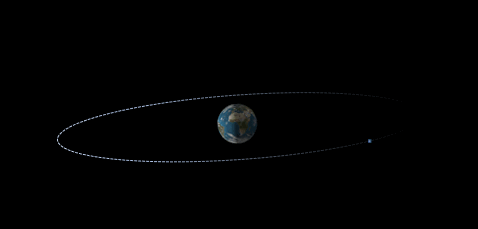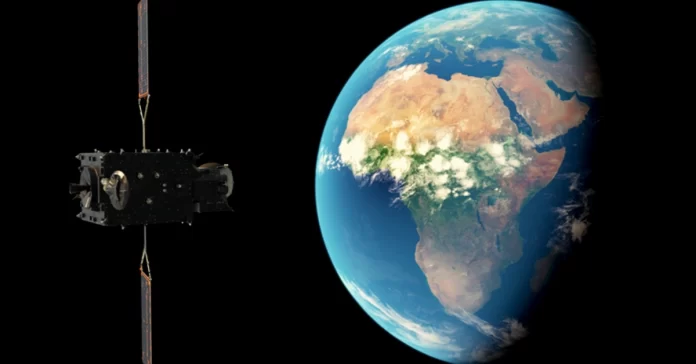The Clarke Belt is a region of space named after Arthur C. Clarke that is located 36,000km above the Earth’s equator where satellites can be placed in geostationary orbit. These satellites are used for a variety of purposes including telecommunications and television broadcasting. One way to search for extraterrestrial life would be to look for artificial rings of satellites or Clarke Belts around other planets. If aliens have developed advanced technology similar to ours, they may have also deployed satellites in their own version of the Clarke Belt.

Astronomers have discovered an Earth-size planet that is a promising target in the search for alien life. They are also targeting the dark side of the Moon in their search for alien life. Another wild new target proposed by astronomers in their search for aliens is artificial satellites or Clarke Belts. The Clarke Belt, also known as geostationary orbit, is named after Arthur C. Clarke who first described how such an orbit could be used for global communications. It is located about 35,786 kilometers above the average height of the sea (Mean Sea Level=MSL). Geostationary Orbits are advantageous because they make satellites appear in a fixed position while the Earth rotates.
One way to find aliens would be to search for artificial rings of satellites or Clarke Belts. Aliens would need to have billions more satellites within their Clarke Belt – accounting for roughly 0.01% of the belt area – in order for it to be detectable.
At present, there are about 400 such satellites in the “Clarke Belt” – a region named in honor of Arthur C. Clarke that is located 36,000km above the Earth. This network forms the backbone of modern telecommunications and in the future, many more satellites are expected to be deployed – which will form the backbone of the global internet.
Arthur C. Clarke was a science fiction author who popularized the idea of a geostationary orbit as an ideal location for communications satellites in 1945. He first suggested the idea of communications satellites in geosynchronous orbit in an October 1945 issue of Wireless World. Clarke realized that a radio relay station in space could serve a huge area of the earth’s surface, like a radio tower thousands of miles high.

Satellites in the Clarke Belt or geostationary orbit are used for a variety of purposes including telecommunications and television broadcasting. They form the backbone of modern telecommunications and in the future, many more satellites are expected to be deployed – which will form the backbone of the global internet. These satellites can serve a huge area of the earth’s surface and provide reliable communication services to people all over the world.
The Clarke Belt is a region of space named after Arthur C. Clarke that is located 36,000km above the Earth’s equator where satellites can be placed in geostationary orbit. These satellites are used for a variety of purposes including telecommunications and television broadcasting. One way to search for extraterrestrial life would be to look for artificial rings of satellites or Clarke Belts around other planets. If aliens have developed advanced technology similar to ours, they may have also deployed satellites in their own version of the Clarke Belt.

